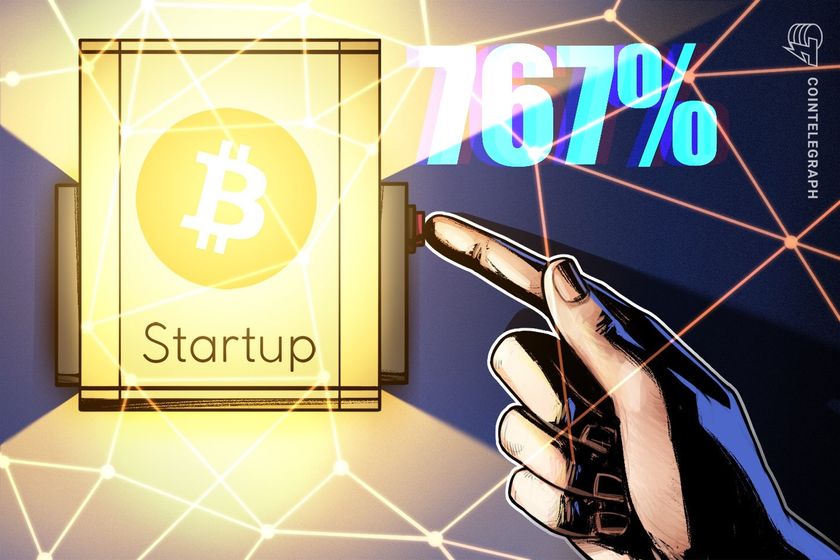

The number of pre-seed funding rounds for Bitcoin (BTC) startup companies has grown by 767% since 2021, according to a report from venture capital firm Trammell Venture Partners (TVP).
Bitcoin pre-seed transactions increased 50% year-over-year in 2024, with a 27.5% year-over-year increase in the number of startup companies funded.
Christopher Calicott, TVP’s managing director, attributed the increased deals to the robust security of the BTC network:
“Many entrepreneurs across crypto are revisiting the Bitcoin stack as the long-term place to build their companies. It makes perfect sense: The objectively most secure, reliable, and decentralized blockchain is the obvious platform of choice.”
However, the capital raised in Bitcoin pre-seed funding rounds declined by over 22% in 2024, with the median funding round size and the median startup valuation steadily declining from 2021 to 2023.
Median valuations for pre-seed Bitcoin startups fail to reclaim 2021 levels. Source: Trammell Venture Partners
The value of funding rounds reclaimed some lost ground in 2024 but failed to reach highs established during the previous bull cycle in 2021, primarily due to unclear crypto regulations in the United States under the previous Securities and Exchange Commission (SEC) leadership.
More recently, macroeconomic uncertainty due to fears of a prolonged trade war, relatively high interest rates, and the possibility of a recession in the United States have also eroded the risk appetite for speculative assets like crypto.
Total number of funding deals and unique Bitcoin startup companies has steadily risen since 2021. Source: Trammell Venture Partners
Related: VC Roundup: 8-figure funding deals suggest crypto bull market far from over
Crypto VCs don’t expect 2025 funding to reach 2021-2022 levels
In January, Deng Chao, CEO of institutional asset manager HashKey Capital, told Cointelegraph that pro-crypto regulations in the United States would increase VC investment in the sector in 2025.
However, the executive warned that macroeconomic uncertainty and geopolitical turmoil could increase price volatility and disrupt the trend brought on by positive regulatory tailwinds.
On April 2, US President Donald Trump signed a sweeping tariff order establishing a 10% baseline tariff on import goods from all countries and a regime of reciprocal trade tariffs on trading partners that sent financial markets tumbling.
Crypto markets took a nosedive amid trade war fears and macroeconomic uncertainty. Source: CoinMarketCap
Risk-on assets such as stocks and cryptocurrencies typically suffer during trade wars and macroeconomic uncertainty, as investors flee risk assets for safer alternatives such as cash, government securities, and durable commodities.
Venture capital firm Haun Ventures invested $1.5 billion into crypto firms in 2022 but recently announced it seeks to raise only $1 billion in the first half of 2025, citing changed market conditions.
Similarly, analysts at Galaxy Digital also predicted a 50% year-over-year rise in VC-led crypto investments in 2025 but said that VC funding will fail to reach highs established in 2021–2022.
Magazine: Financial nihilism in crypto is over — It’s time to dream big again





